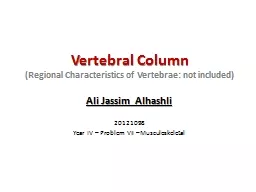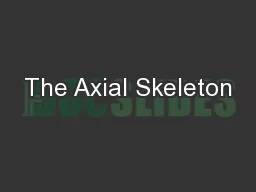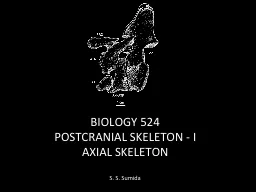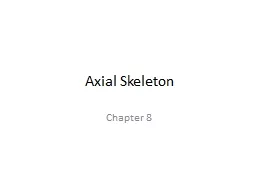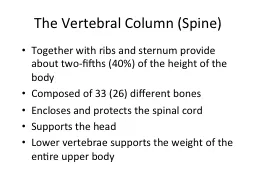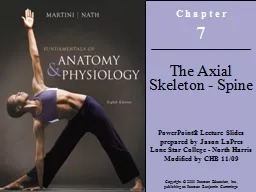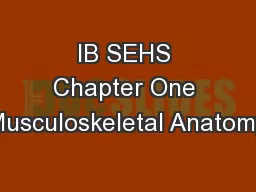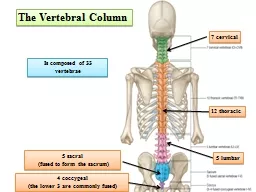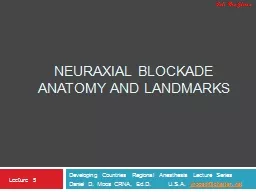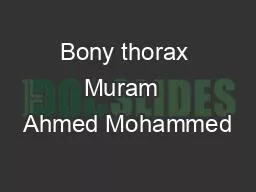PPT-Vertebral Column (Regional Characteristics of Vertebrae: not included)
Author : ellena-manuel | Published Date : 2020-04-04
Ali Jassim Alhashli 20121098 Year IV Problem VII Musculoskeletal Vertebral Column Extending from cranium to the apex of coccyx Functions Protects the spinal
Presentation Embed Code
Download Presentation
Download Presentation The PPT/PDF document " Vertebral Column (Regional Characterist..." is the property of its rightful owner. Permission is granted to download and print the materials on this website for personal, non-commercial use only, and to display it on your personal computer provided you do not modify the materials and that you retain all copyright notices contained in the materials. By downloading content from our website, you accept the terms of this agreement.
Vertebral Column (Regional Characteristics of Vertebrae: not included): Transcript
Download Rules Of Document
" Vertebral Column (Regional Characteristics of Vertebrae: not included)"The content belongs to its owner. You may download and print it for personal use, without modification, and keep all copyright notices. By downloading, you agree to these terms.
Related Documents

